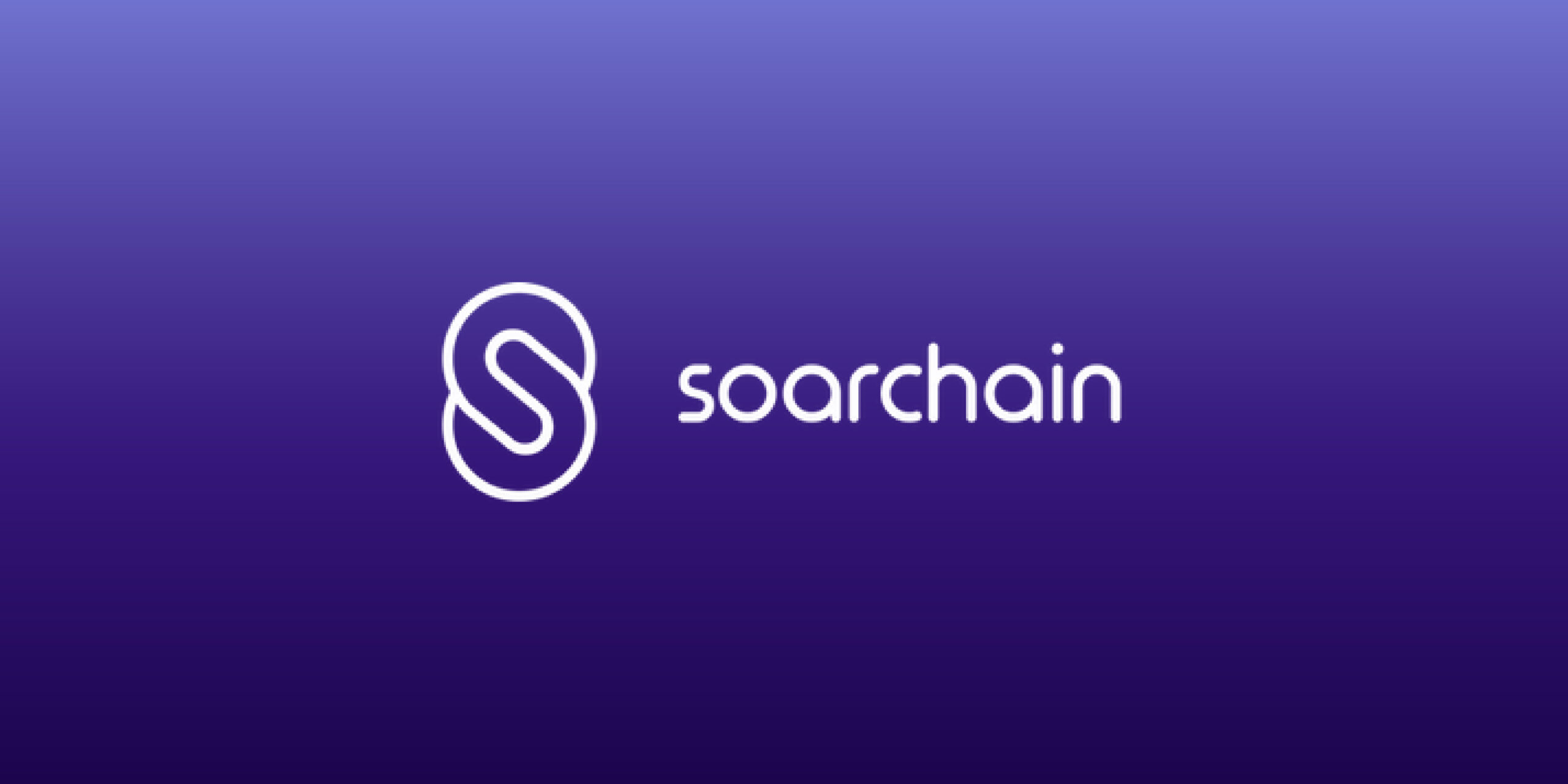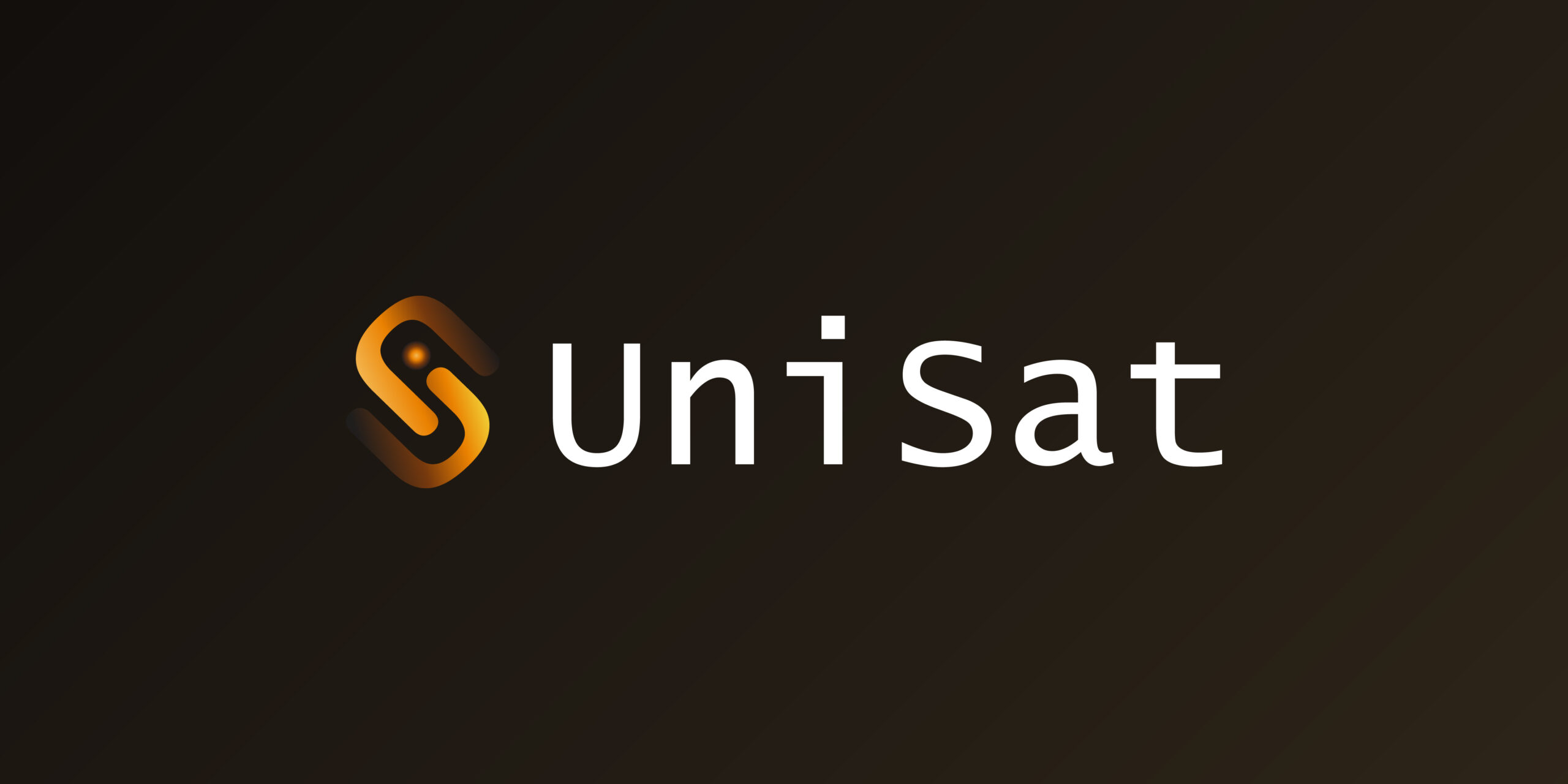Introduction
Soarchain is a transformative Layer 1 network conceived to enable a token-incentivized data and connectivity infrastructure specifically for vehicles. The platform intends to foster a decentralized application (dApp) ecosystem tailored for automotive use cases through this. Their proposed solution has been integrated with leading vehicle manufacturers, including Ford and Suzuki, with significant expansions on the horizon.
Innovation
The innovation presented by Soarchain resides in its vehicle-focused nature. It represents a decentralized mobility application designed to cater to road safety, collective perception, data collection, device management, and many services. It allows the network to provide a niche, specialized service and opens the door to numerous possibilities in the vehicular industry.
Architecture
Soarchain’s architecture is built using the Cosmos SDK, marking a reliance on a tried-and-tested framework. It underpins a suite of services, including their native token, $MTS, and a cutting-edge, production-ready, plug-and-play connectivity hardware device known as MOTUS. This device uses Cellular V2X for communication and operates on proof of availability, showcasing the platform’s commitment to cutting-edge technologies and secure systems.
Soarchain Code Quality
While this review doesn’t delve into the granular detail of the codebase, the general standards of Soarchain’s underlying technology indicate that it has been constructed with industry-grade software. It reflects positively on the quality of the platform’s foundational code.
Product Roadmap
In the coming year, Soarchain aims to launch its testnet in Q1 2023, followed by its mainnet in Q2 2023. The anticipation of these milestones reflects that the team has confidence in its robust infrastructure, and a successful launch could elevate the project’s score to 83.64%.
Usability
The usability of Soarchain extends beyond just the software realm. Their plug-and-play hardware device, Motus, facilitates the platform’s functionality with ease and minimal setup. The wide range of potential dApps that can be deployed on this network, from road safety applications to device management services, further underscores its overall usability.
Team
The innovative concepts, development roadmap, and notable partnerships suggest a highly competent and forward-thinking team behind Soarchain.
Conclusion
Overall, Soarchain represents a unique intersection of blockchain technology and vehicular applications. The decentralized platform has showcased a vision to improve and streamline various vehicular communication and data exchange aspects. With a robust framework built on Cosmos SDK, the native token $MTS, the innovative hardware device MOTUS, and a host of potential dApps, Soarchain promises a new era in automotive connectivity. It remains to be seen how the team will deliver on their product roadmap and the mainnet launch, a critical factor for Soarchain’s future success. As it stands, Soarchain receives a project score of 74.55%, which is projected to rise to 83.64% following the mainnet launch.
.
| Initial Screening | |||
| Keep researching | |||
| Does this project need to use blockchain technology? | Yes | ||
| Can this project be realized? | Yes | ||
| Is there a viable use case for this project? | Yes | ||
| Is the project protected from commonly known attacks? | Yes | ||
| Are there no careless errors in the whitepaper? | Yes | ||
| Project Technology Score | |||
| Description | Scorecard | ||
| Innovation (Out Of 11) | 7 | ||
| How have similar projects performed? | Good | 2 | |
| Are there too many innovations? | Regular | 2 | |
| Percentage of crypto users that will use the project? | 1 – 5% | 1 | |
| Is the project unique? | Yes | 2 | |
| Architecture (Out of 12) | 11 | ||
| Overall feeling after reading whitepaper? | Good | 2 | |
| Resistance to possible attacks? | Good | 2 | |
| Complexity of the architecture? | Not too complex | 2 | |
| Time taken to understand the architecture? | 20-50 min | 1 | |
| Overall feeling about the architecture after deeper research? | Good | 4 | |
| Code Quality (out of 15) | 13 | ||
| Is the project open source? | Yes | 2 | |
| Does the project use good code like C,C++, Rust, Erlang, Ruby, etc? | Yes | 2 | |
| Could the project use better programming languages? | No | 0 | |
| Github number of lines? | More than 10K | 1 | |
| Github commits per month? | More than 10 | 2 | |
| What is the quality of the code? | Good Quality | 2 | |
| How well is the code commented? | Yes | 2 | |
| Overall quality of the test coverage? | Good | 1 | |
| Overall quality of the maintainability index? | Good | 1 | |
| When Mainnet (out of 5) | 5 | ||
| When does the mainnet come out? | 6 months after TGE | 5 | |
| Usability for Infrastructure Projects (out of 5) | 5 | ||
| Is it easy to use for the end customer? | Yes | 5 | |
| Team (out of 7) | 5 | ||
| Number of active developers? | 5+ | 2 | |
| Developers average Git Background? | Intermediate | 1 | |
| Developers coding style? | Solid | 2 | |
| Total Score (out of 55) | 46 | ||
| Percentage Score | |||
| Innovation | 12.73% | ||
| Architecture | 20.00% | ||
| Code Quality | 23.64% | ||
| Mainnet | 9.09% | ||
| Usability | 9.09% | ||
| Team | 9.09% | ||
| Total | 83.64% |





